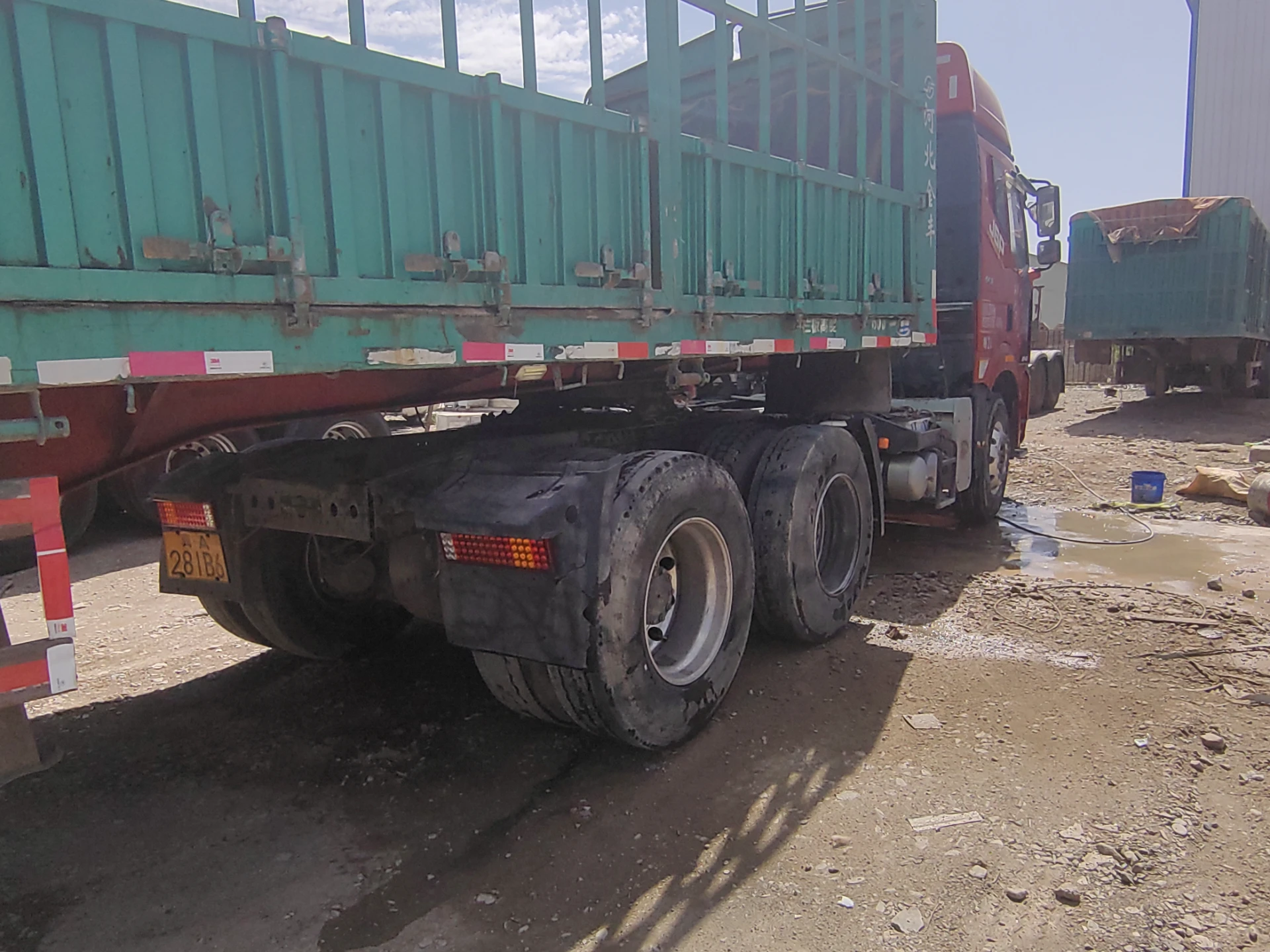Design and Features of the Front Chassis in Modern Vehicles
Understanding the Front Chassis A Key Component in Vehicle Dynamics
The front chassis of a vehicle is a crucial component that significantly influences both its performance and handling characteristics. Essentially, the front chassis acts as the backbone of the vehicle's front end, providing structural integrity, housing for suspension systems, and a mounting point for various mechanical systems including the steering mechanism and engine components. In this article, we delve into the intricacies of the front chassis, exploring its design, functions, and impact on vehicle dynamics.
Structural Integrity and Design
At its core, the front chassis must be engineered to withstand significant forces encountered during driving. It needs to support the weight of the engine and transmission while also absorbing shocks from uneven road surfaces. Manufacturers typically use high-strength steel or lightweight aluminum alloys to construct the front chassis, balancing durability with weight savings.
The design of the front chassis is critical not only for safety but also for overall vehicle dynamics. A well-designed front chassis improves the distribution of weight and enhances the center of gravity, which can directly influence how a vehicle handles in different driving scenarios. Aspects such as stiffness, geometry, and the materials used all play a role in determining how well the front chassis performs under various driving conditions.
Functions of the Front Chassis
The front chassis serves multiple functions, each vital for the vehicle's operation
1. Suspension Support The front chassis is where the suspension components are mounted. A properly designed suspension system is essential for absorbing shocks and providing smooth ride quality. The interaction between the front chassis and the suspension directly affects handling, cornering stability, and ride comfort.
front chassis

2. Steering Mechanism Housing The steering system is typically integrated into the front chassis, making it essential for maintaining control of the vehicle. This integration ensures that the steering feels connected to the wheels and enhances responsiveness, providing the driver with precise control over the vehicle’s trajectory.
3. Crash Safety Modern vehicles are designed with crash safety in mind. The front chassis plays a significant role in energy absorption during collisions, helping to protect occupants. Crumple zones are often integrated into the design of the chassis to manage impact forces effectively.
Impact on Vehicle Dynamics
The characteristics of the front chassis have a profound effect on how a vehicle behaves during various driving conditions. A well-designed front chassis contributes to better grip on the road, improved steering response, and enhanced stability. Vehicles with a well-engineered front chassis negotiate curves more effectively and exhibit less body roll, which is critical for sports cars and performance vehicles.
In contrast, a poor design can lead to understeer or oversteer, where the vehicle either pushes forward in a turn or the rear end swings out, both of which can lead to loss of control. Furthermore, the front chassis affects weight distribution, which in turn influences acceleration, braking, and overall handling dynamics.
Future Trends in Front Chassis Design
As automotive technology evolves, so too does the design of the front chassis. Innovations such as adaptive suspension systems, lightweight materials, and enhanced aerodynamics are shaping the future of vehicle design. Additionally, with the rise of electric and hybrid vehicles, the front chassis must accommodate new powertrains, battery systems, and associated components, necessitating rethought designs.
In conclusion, the front chassis is more than just a structural component of a vehicle; it is a vital part of the overall driving experience. By understanding its design, functions, and impact on vehicle dynamics, we can appreciate the complexity involved in automotive engineering. As vehicles continue to evolve, the front chassis will undoubtedly play a key role in ushering in advancements that enhance performance, safety, and comfort for drivers and passengers alike.
-
SINOTRUK HOWO 84 Electric Dump Truck for Eco-Friendly Heavy HaulingNewsJul.26,2025
-
The Fast 16-Gear Manual Transmission Assembly for Heavy TrucksNewsJul.25,2025
-
Mercedes Benz Actros 1848 42 Tractor Truck for Sale - Reliable PerformanceNewsJul.24,2025
-
High-Quality Water Pump Assembly for Sinotruk Trucks – Durable & ReliableNewsJul.23,2025
-
Premium Truck Engine Antifreeze Coolant Fluid for Heavy Duty VehiclesNewsJul.22,2025
-
FOTON View G7 Mini Bus: Affordable & Spacious TransportNewsJul.22,2025
Popular products

























